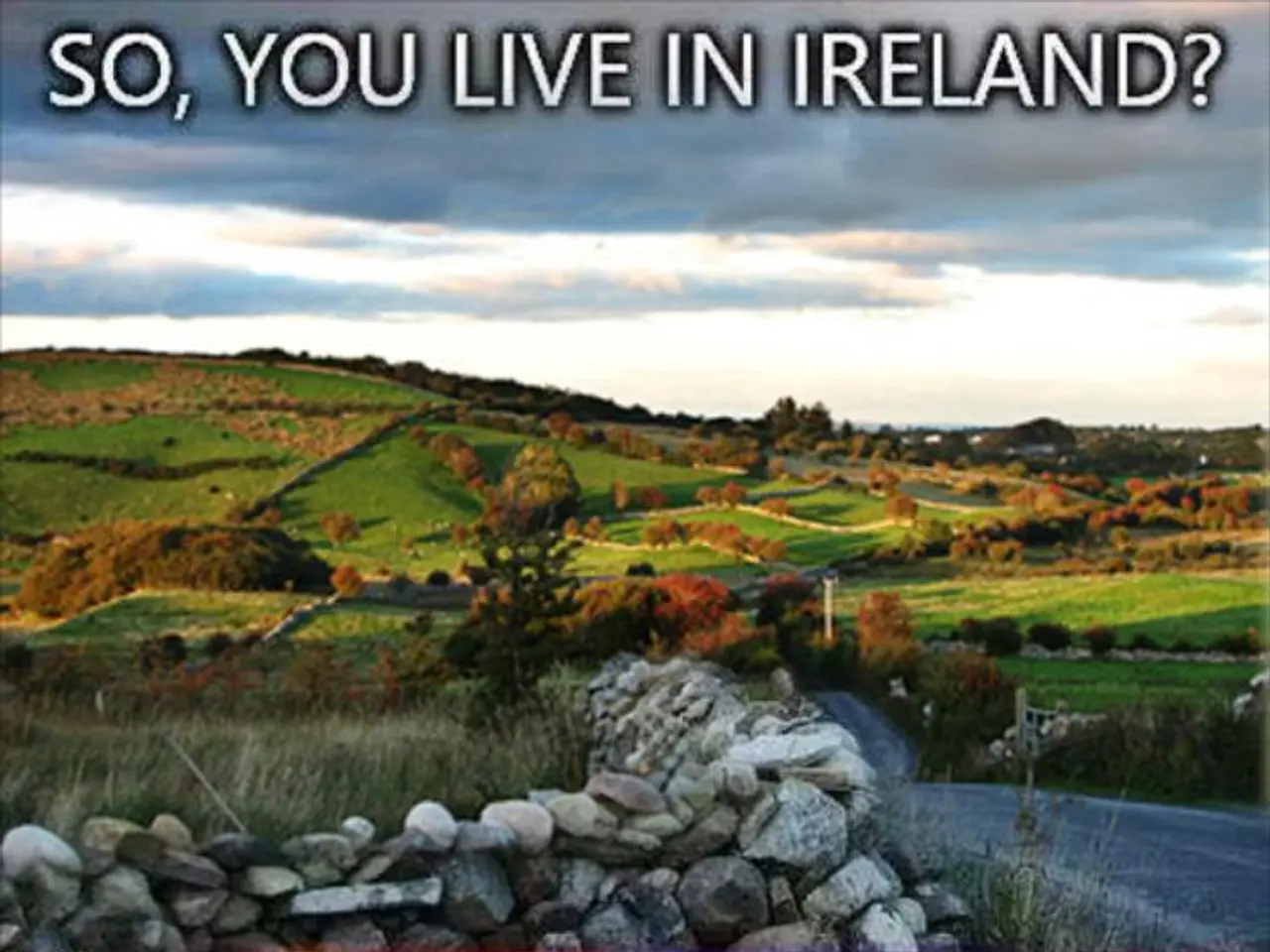The potential for wildfires to spread in the Northeast due to climate change.
The Northeast has been battling historic drought conditions since the year 2000, according to the National Oceanic and Atmospheric Administration. This prolonged dryness has made forest conditions increasingly drier, a factor that could potentially pave the way for more wildfires in the future.
This is not just speculation, but a grim possibility depicted in Apple TV+'s new series, Extrapolations. The show offers a glimpse into a future where wildfires reach cities like New York in the year 2037, painting a picture of hazy orange skies not unlike those seen in cities like New York City, Tel Aviv, Israel, and Cali, Colombia due to nearby forest fires.
Extrapolations, created by Scott Z. Burns and featuring stars like Meryl Streep and Kit Harington, uses projected levels of carbon dioxide in the atmosphere to determine its temperature rise timeline. In the show, the planet's temperature exceeds the Paris Agreement’s goal of 1.5 degrees Celsius of warming above pre-industrial temperatures and reaches nearly 2.6 degrees Celsius by 2070.
The show also highlights the potential health implications of such wildfires. Poor air quality can trigger cardiac stress among those with a fictional health condition called summer heart, and children are especially vulnerable.
Experts like Helen Poulos, an adjunct assistant professor of environmental studies at Wesleyan University, advocate for the return of controlled fires in the region to reduce fuel buildup and create healthy forest communities. However, scientists are divided on whether these fires may resemble the ones out West or when exactly they could happen. What they agree on is that more wildfires are probable and a cause for concern.
Invasive species like bark beetles and spongy moths are posing threats to northeastern forests, making trees more susceptible to wildfires. Fires can move inside tree trunks damaged by spongy moths and spew embers, making firefighting more challenging.
A recent paper published in Nature Communications predicts an increase in lightning-caused wildfires in the 2090s if emissions continue. However, the specific name of the scientist who predicted increased wildfires in the Northeastern United States in the next 10-20 years remains unclear.
It's important to note that the historic prevalence of fire in the northeastern U.S. played a key ecological role, but its absence for a long time has led to a lack of baselines or targets for reducing fire risk and creating healthy communities.
The U.N. panel of climate scientists recently reminded us that there's still time to change course and avoid the potential consequences of unchecked climate change. As we watch Extrapolations unfold, it serves as a stark reminder of the potential future if we continue on our current path.
One thing is certain - the Northeast, like many other regions, is facing a changing climate, and the potential for wildfires is just one of the many challenges that lie ahead.
Read also:
- Peptide YY (PYY): Exploring its Role in Appetite Suppression, Intestinal Health, and Cognitive Links
- Toddler Health: Rotavirus Signs, Origins, and Potential Complications
- Digestive issues and heart discomfort: Root causes and associated health conditions
- House Infernos: Deadly Hazards Surpassing the Flames








